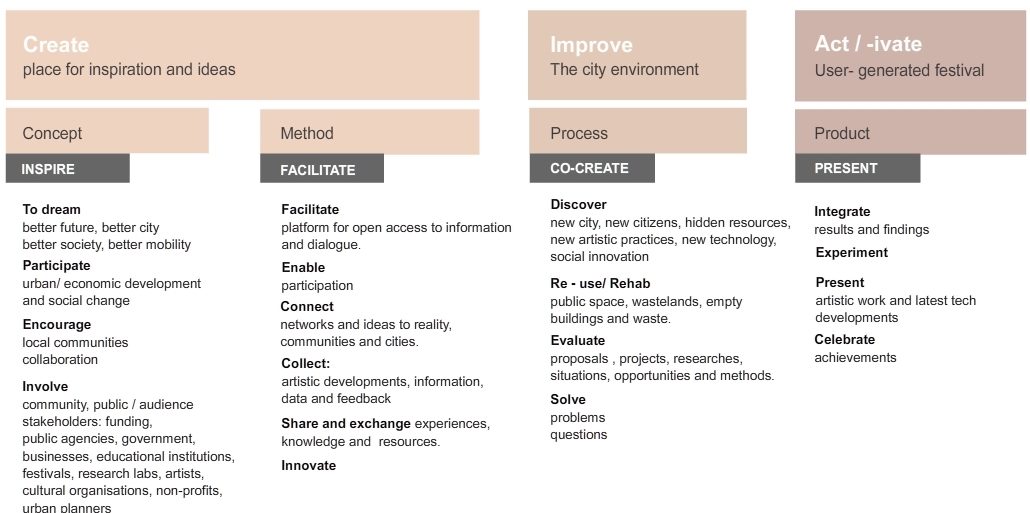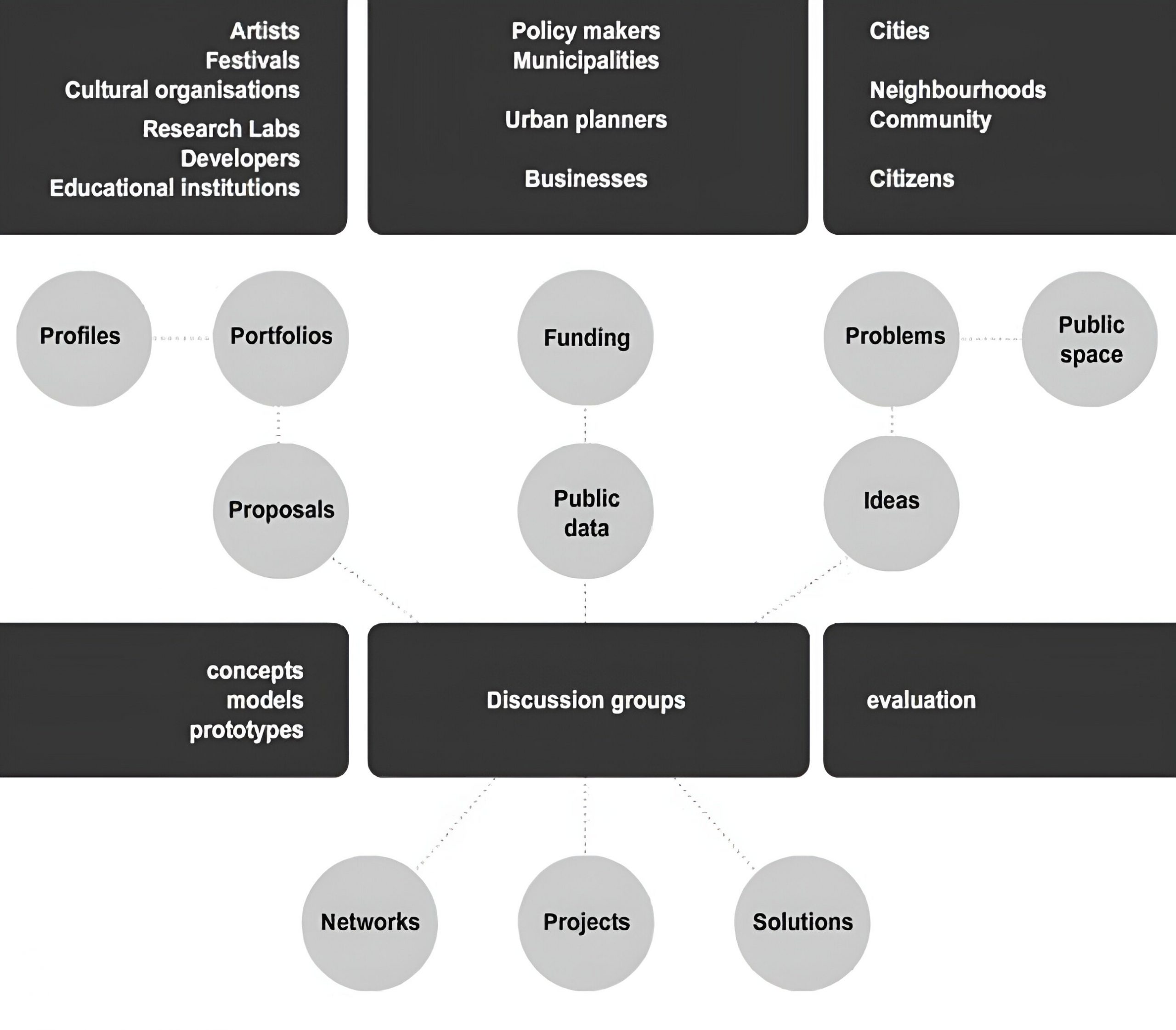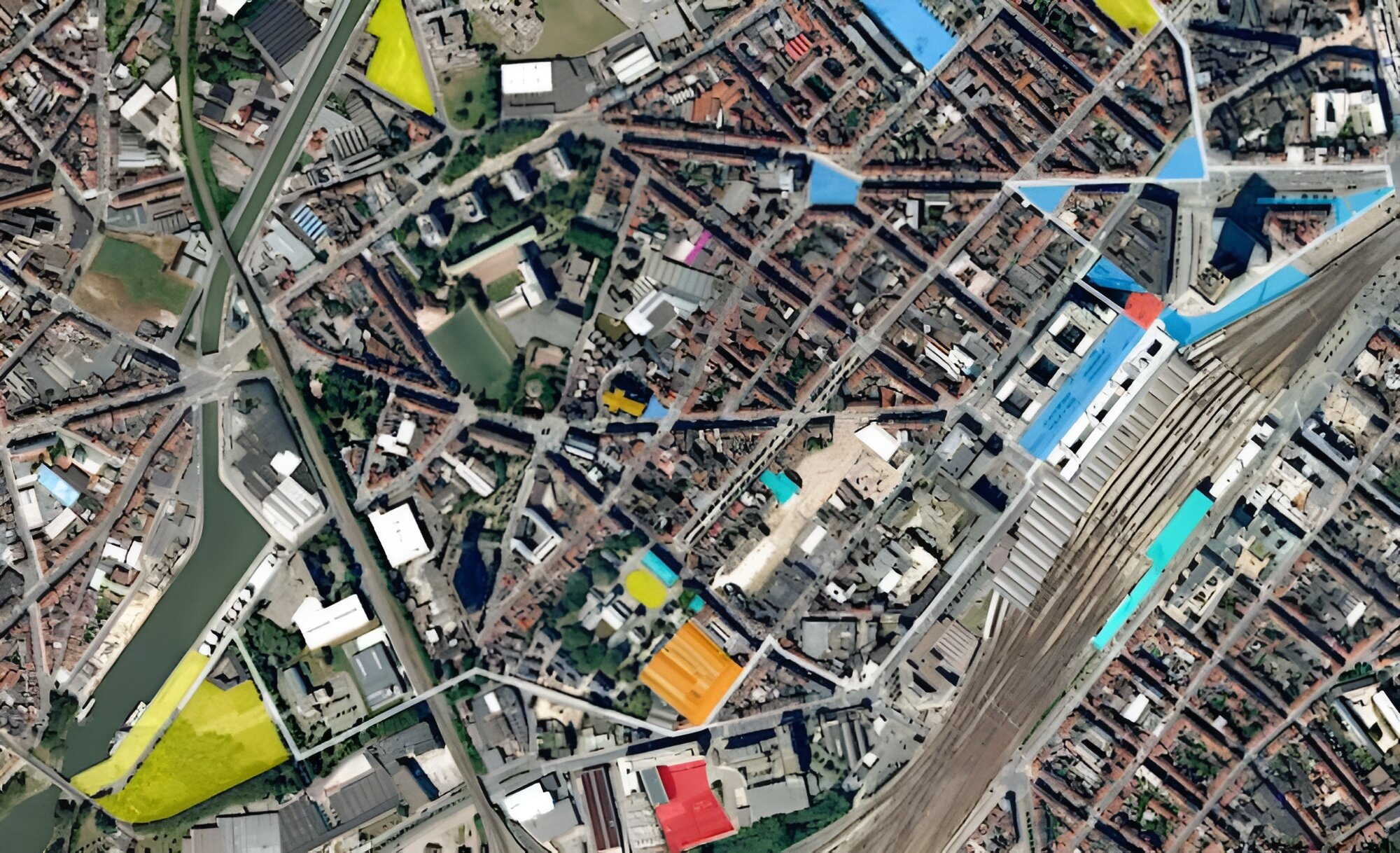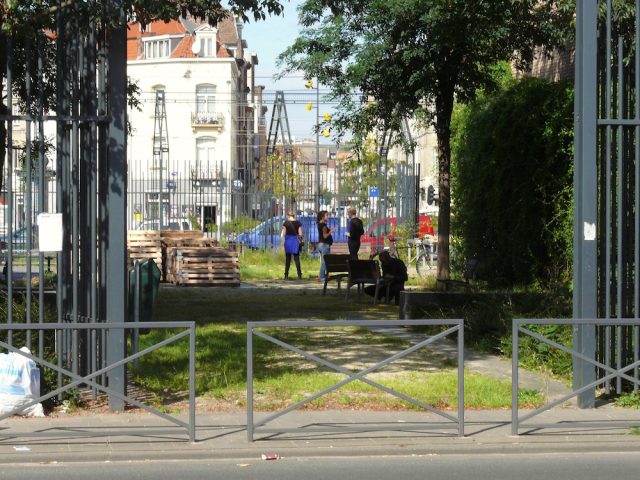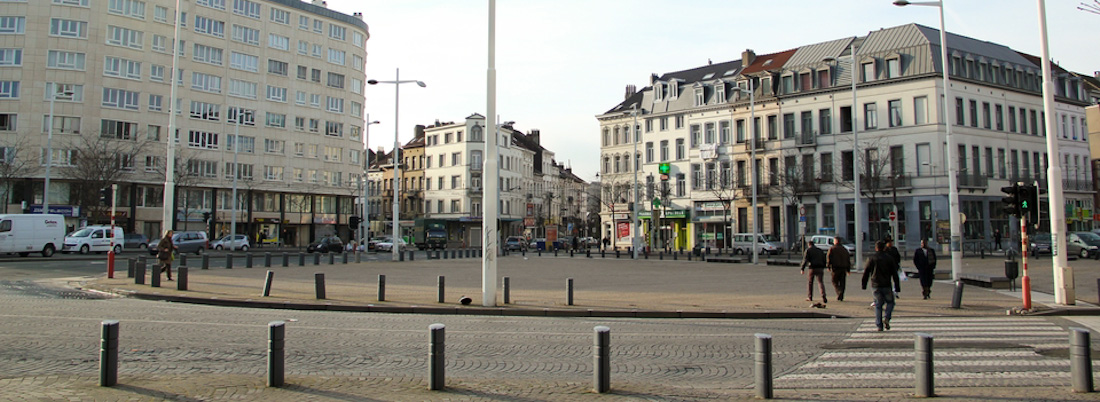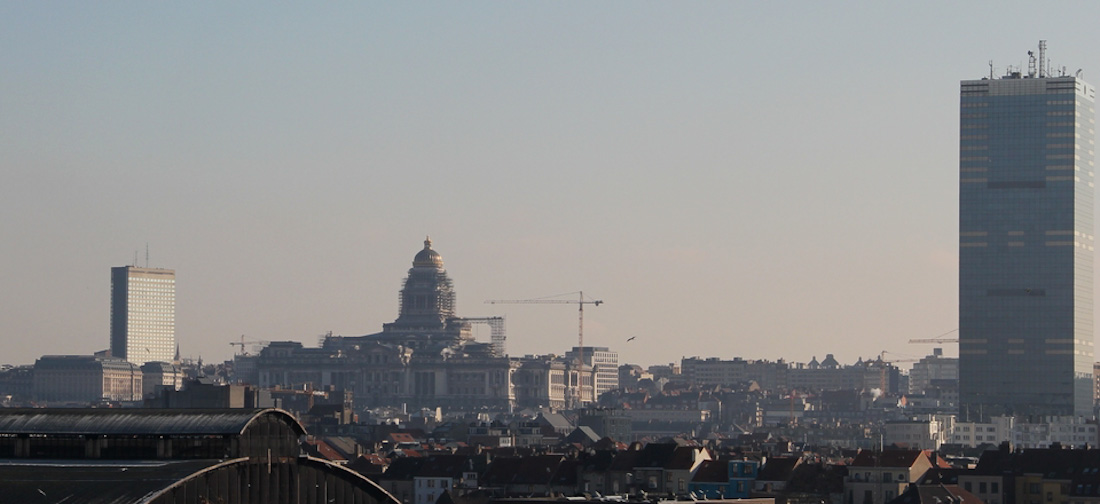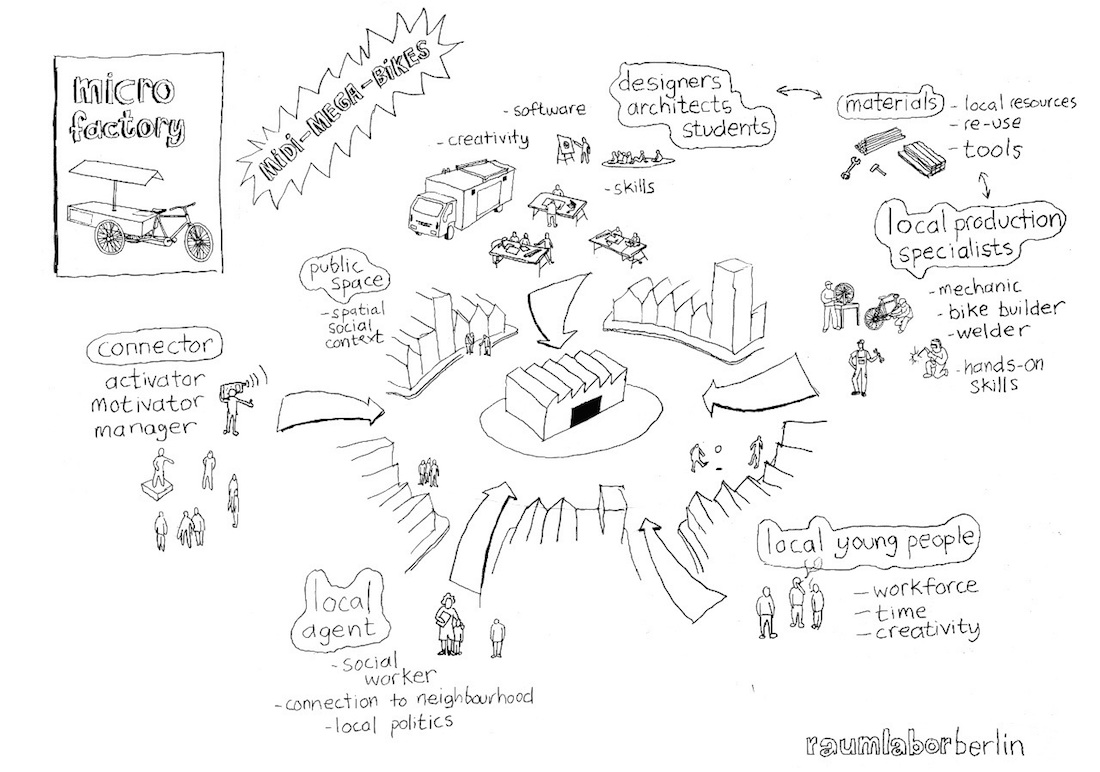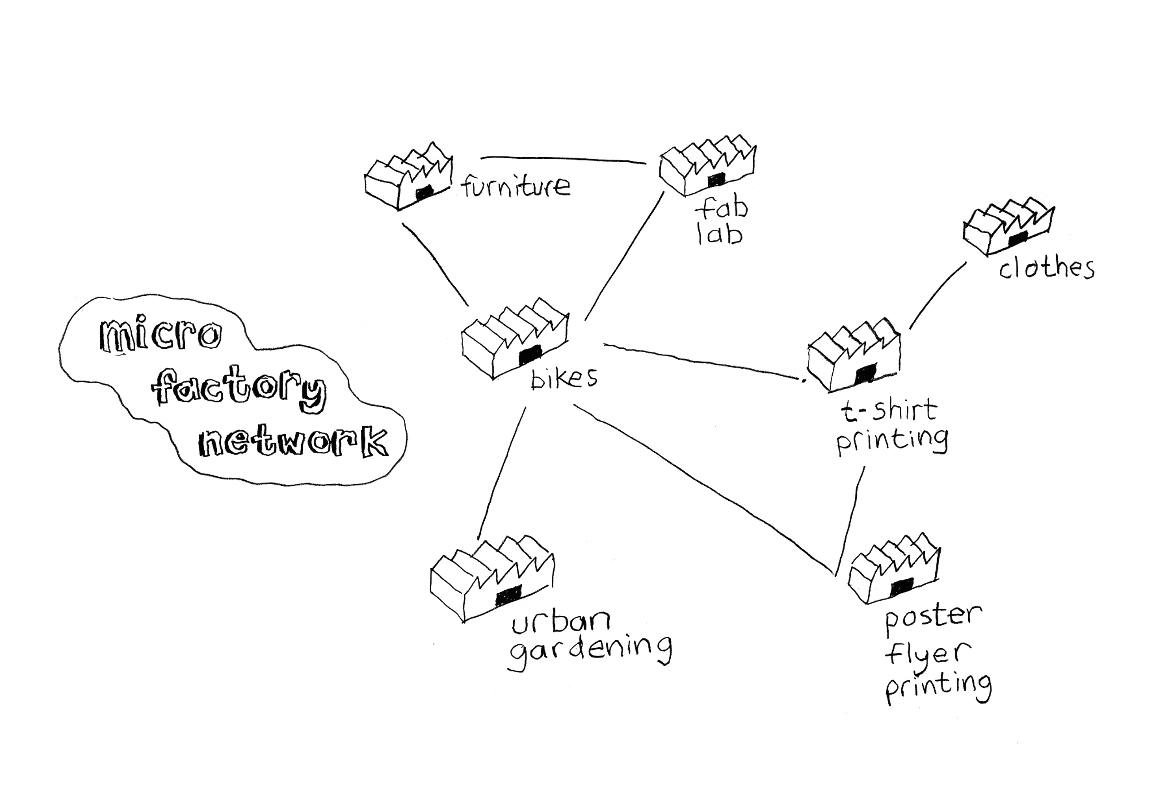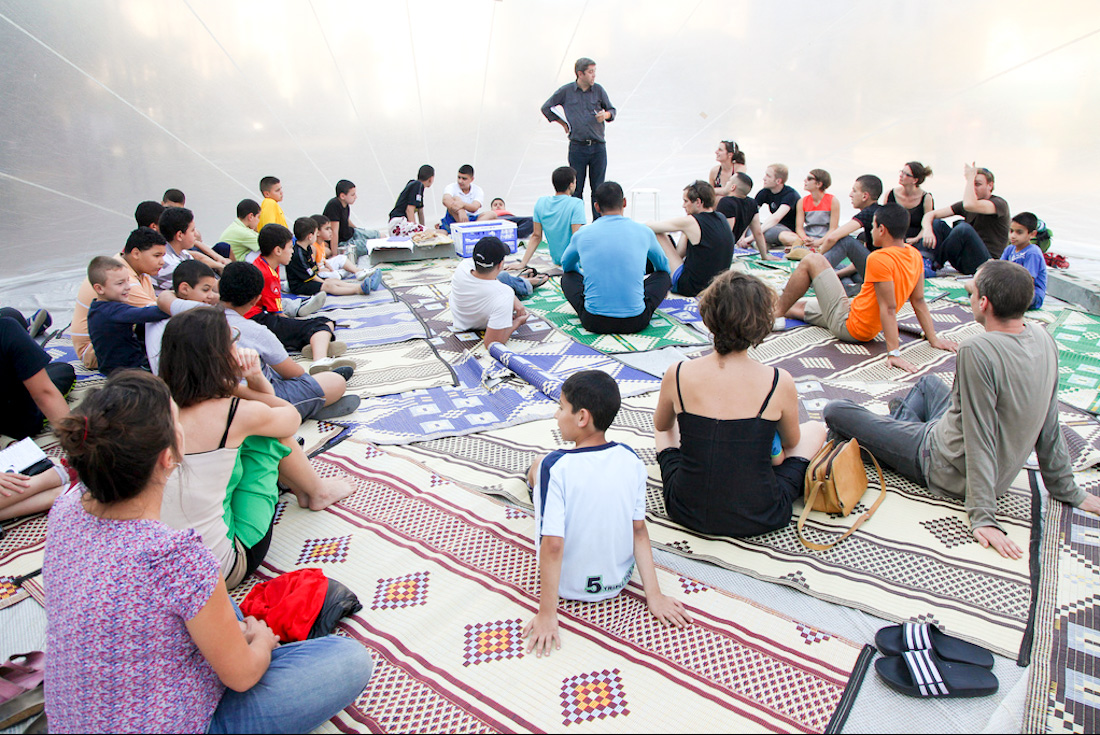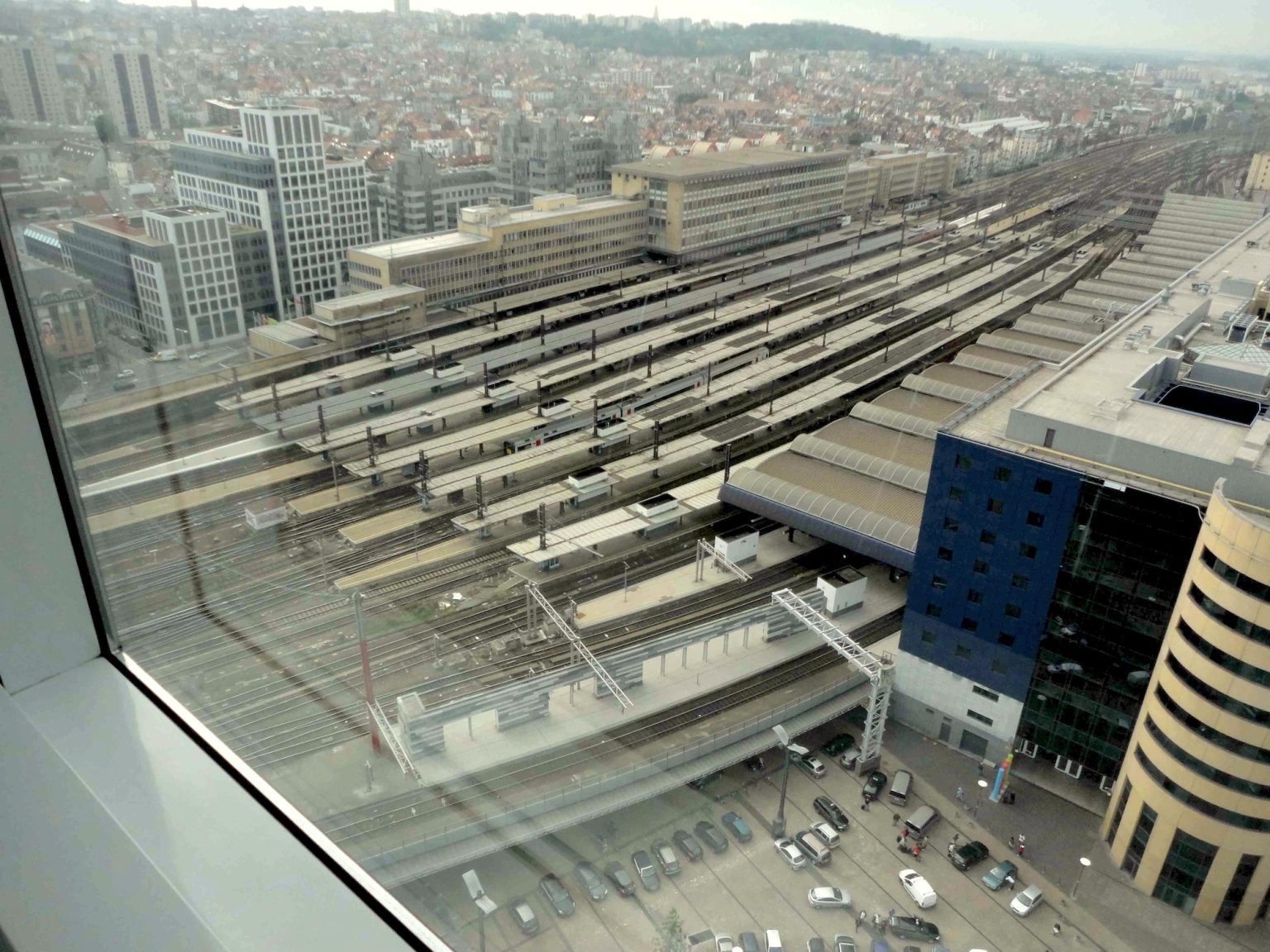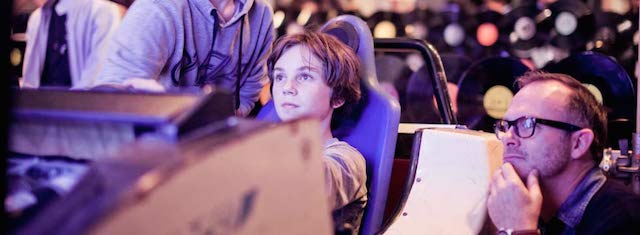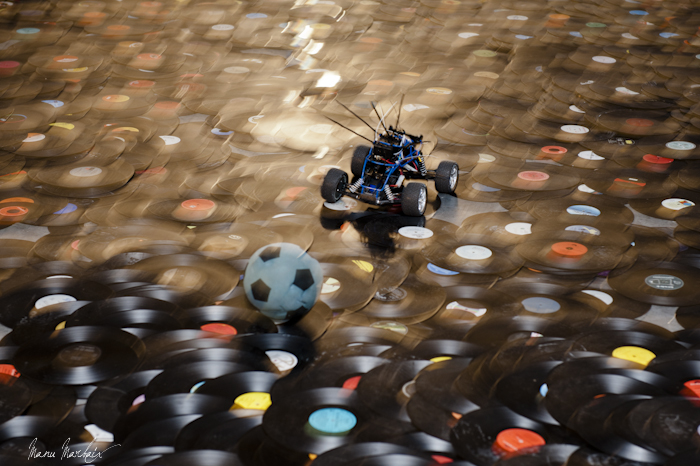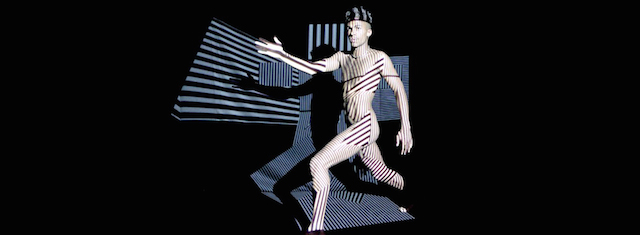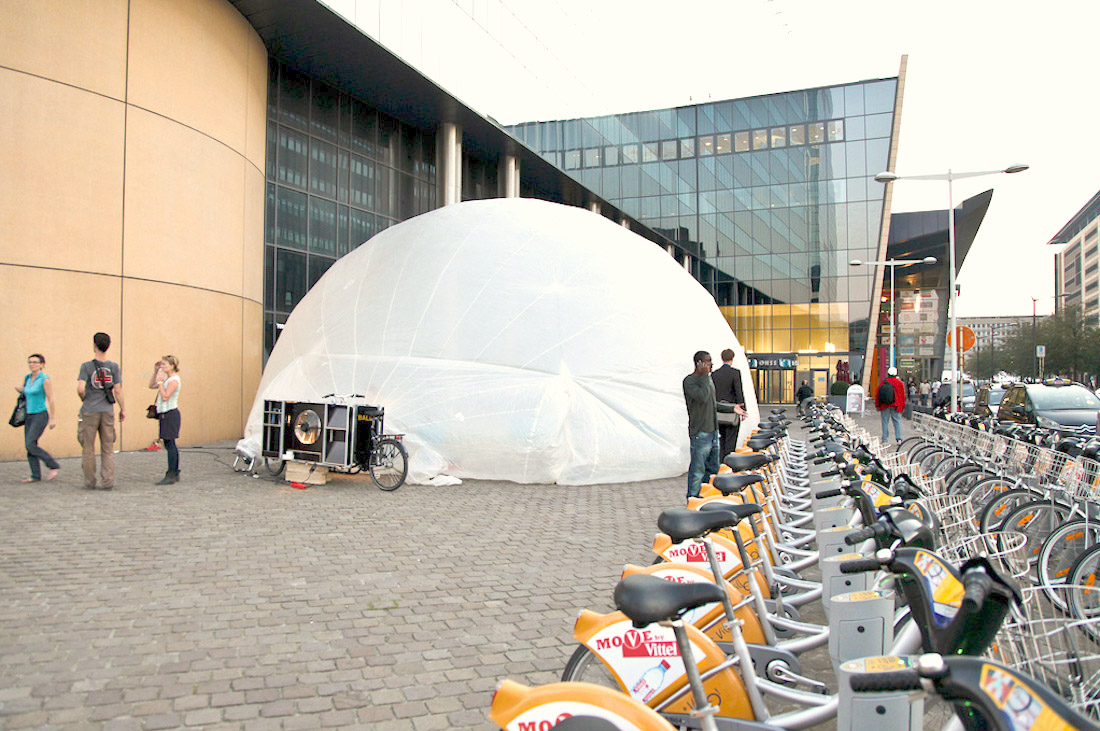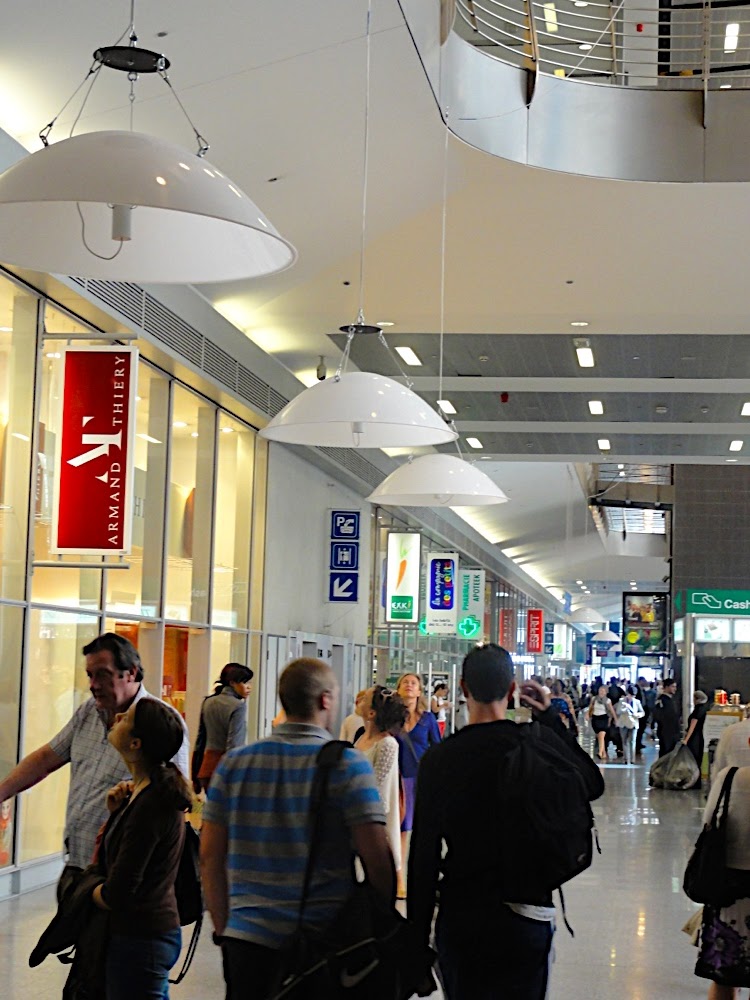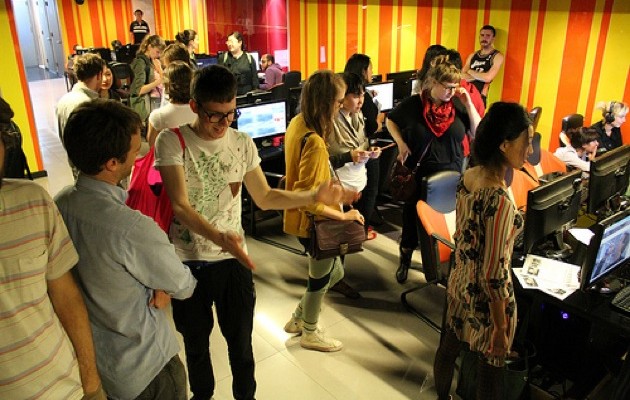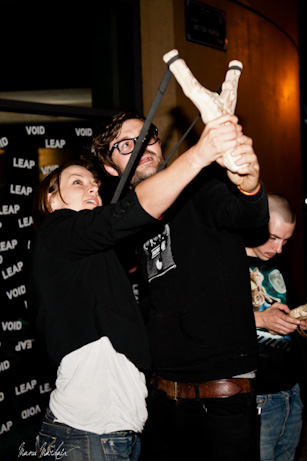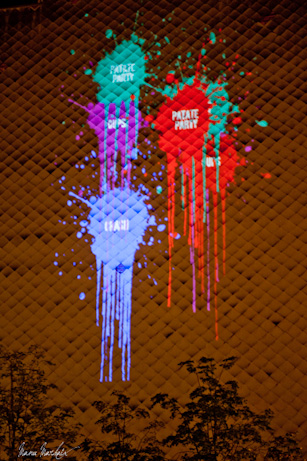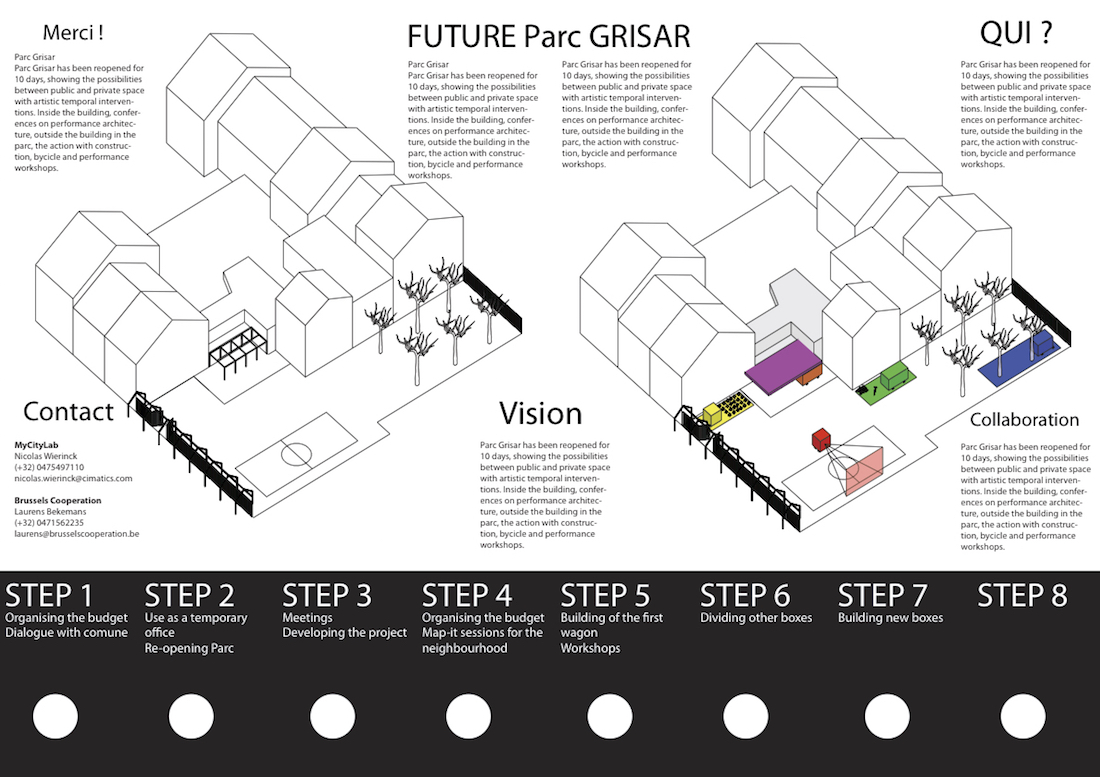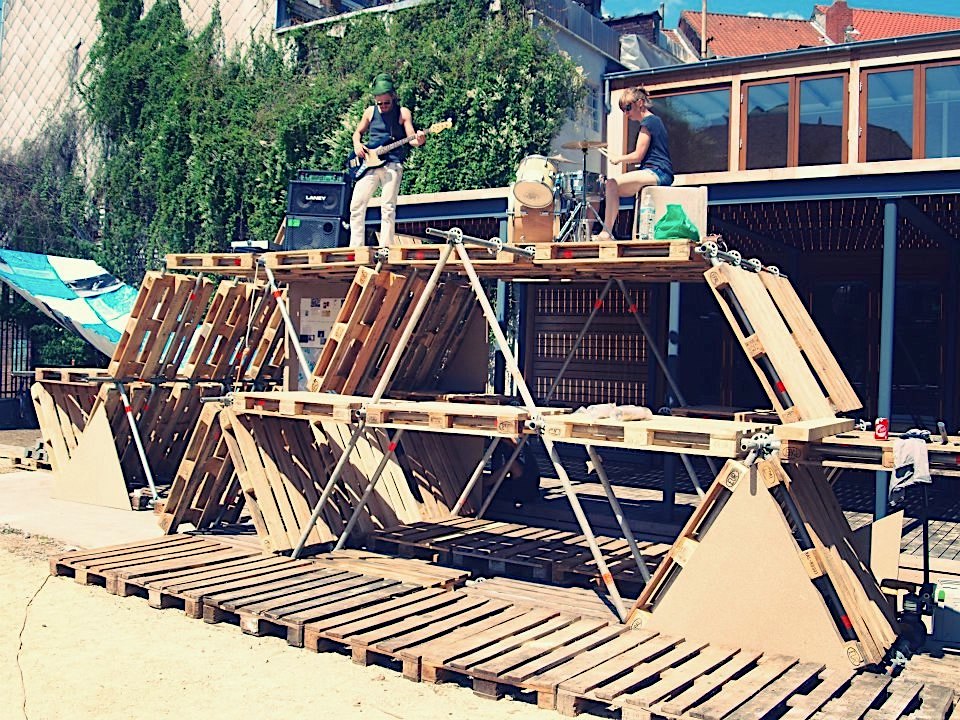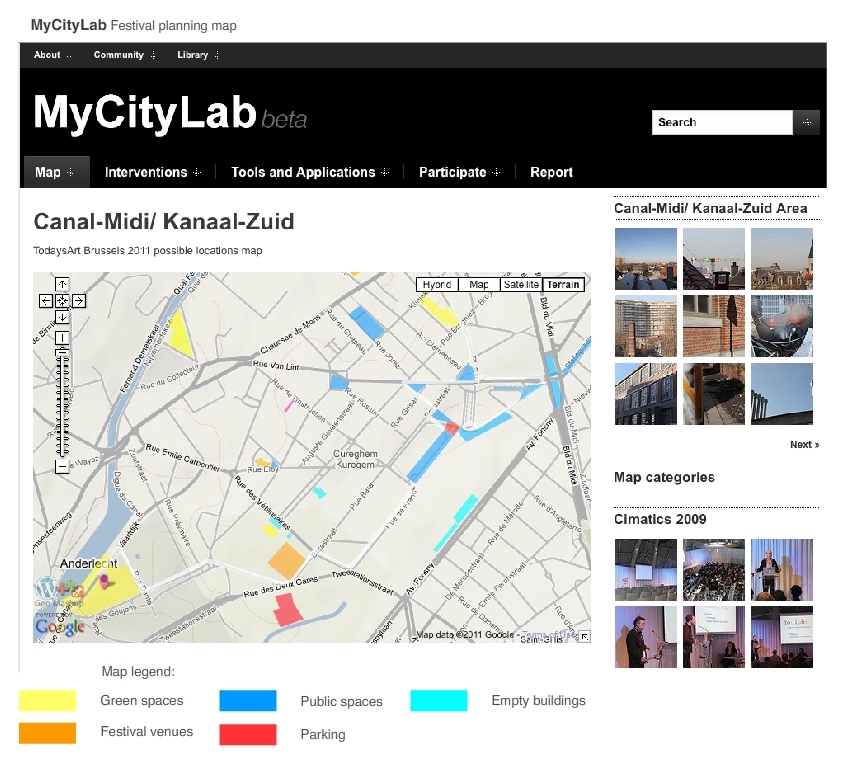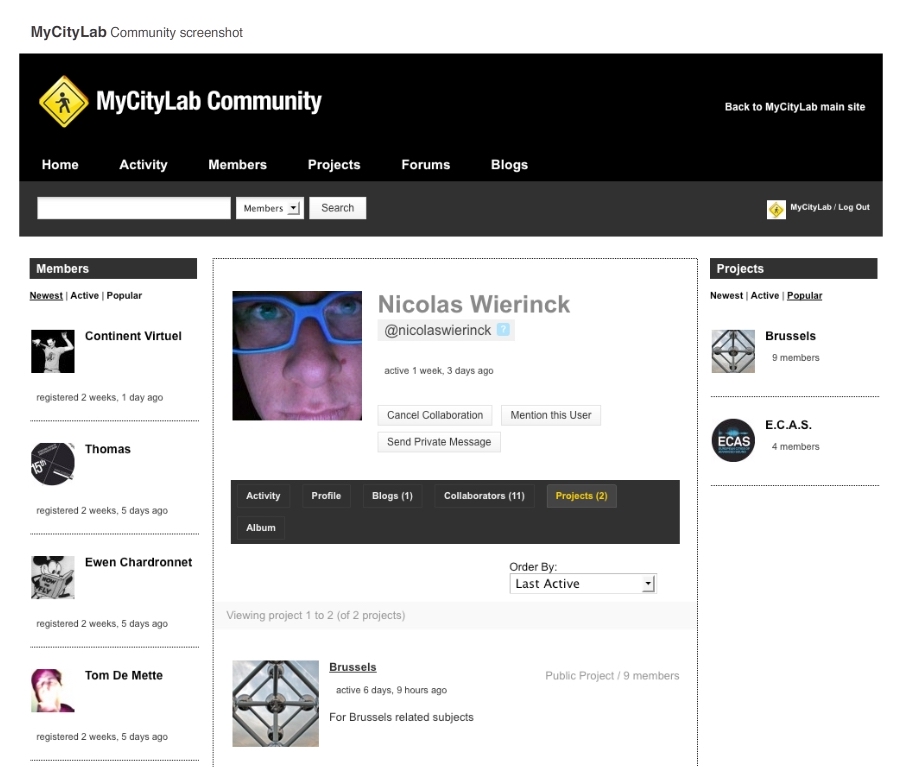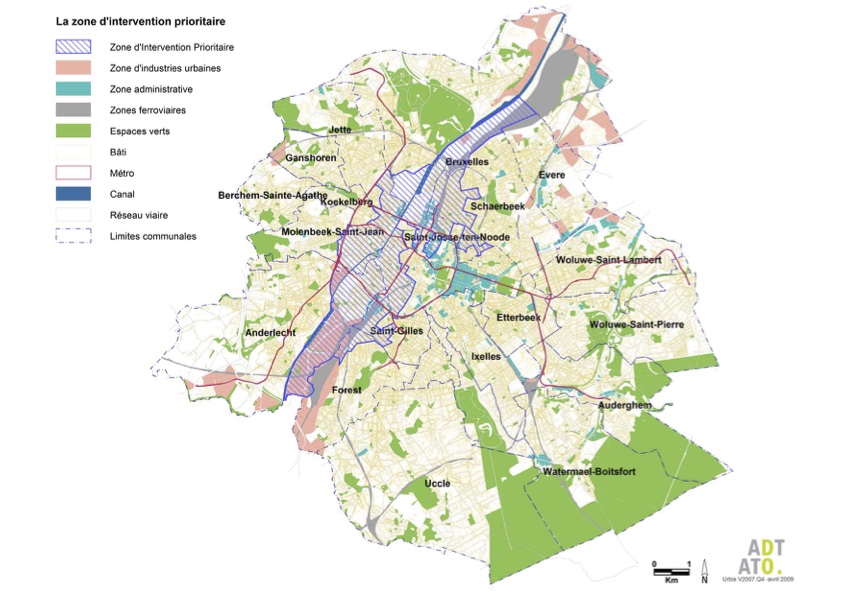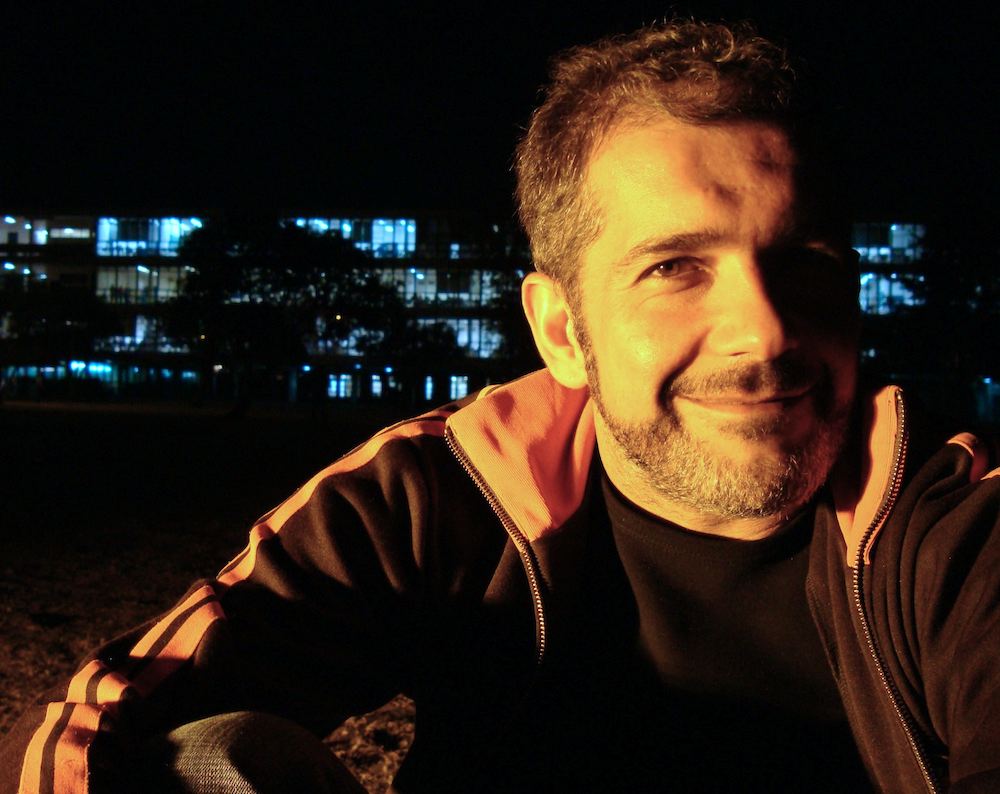
Pedro Gadanho ( Portugal ) Curator of Contemporary Architecture Department of Architecture and Design MoMA.
Raumlaborberlin ( Germany ) addresses issues of urban renewal and urban transformations. Group promotes a new urbanism defeating preconceptions and focused on collaboration with the end-users and social bonds, involving residents. They design architecture as mobile , flexible and easily deconstructed, their interventions varies from creation of mobile objects in relation to the public space to collective performance, interactive environments and art installations.
International Festival. Tor Lindstrand ( Sweden ) is an Assistant Professor at the Royal Institute of Technology ( KTH-A, Stockholm ) and a co-owner of the office of Larsson, Lindstrand and Palme. He has been working on projects oscillating between architecture, visual art and performance in numerous cultural contexts. Together with choreographer Marten Spangberg he initiated International Festival, a practice working on context specific projects spanning from buildings, publications, films, installations, public interventions and situations.
Umschichten is an architectural practice based in Stuttgart ( Germany ). The studio uses temporary architecture as an approach for immediate action and creates built interventions in order to display local needs, ideas or passion. Studio Umschichten visualizes theories, problems or a constellation of men and material by thinking about urban identities and the representation of different social and cultural groups in a city. They work fiercely on the boarders of love and fear in the urban space.
HeHe ( France ) The Prix Ars Electronica award-winners, HeHe ( Helen Evans and Heiko Hansen ) uses a language based on light, sound and image, their practice explores the relationship between the individual and their architectural, social and urban environment, often creating playful miniature representations of vehicles or intervening directly with light projections and large-scale visual interruptions. They make a provocative commentary on crises of global economy, threats of environmental catastrophes and struggles of public institutions in times of austerity.
Anna Rispoli ( Italy/Belgium ) With the relationship between humans and cities a central narrative in Anna Rispoli’s work, she tests possible appropriations of the public space by citizens through participatory practices, architectural performances and urban installations. Her recent projects in Mülheim an der Ruhr, Riga and Hannover use city urban revitalisation plans as fictional backdrops against which to set contemporary naumachias, domestic light shows, ephemeral monuments and watchtowers on the current state of utopia. Anna Rispoli is a Brussels-based Italian artist and part of the Italian ZimmerFrei collective.
Andrés Jaque ( Spain ) and the Office for Political Innovation explore the potential of post-foundational politics and symmetrical approaches to the sociology of technology to rethink architectural practices. The office’s slogan is ‘ARCHITECTURE IS TECHNOLOGICALLY RENDERED SOCIETY’ and is currently devoted to the study of connected-domesticities like politically-activated urbanism.
Zoom Architecture ( France ) works with architecture and urban intervention.
Bureau d’études ( France ) are a Paris-based conceptual art group founded in 1998 by Léonore Bonaccini and Xavier Fourt. They produce maps that depict relationships and ownership ties between, for example, transnational organisations or the European Union. The maps typically reveal links between think tanks, financial firms, regulatory bodies, intelligence agencies, media groups, networks of consumer distribution, weapon makers, and satellite companies. Other maps explore anarchist positions, dissident knowledge producers, squats, and charts that relate to various forms of non-capitalist exchange. In their practice, knowledge becomes inherently political and the question of access to knowledge becomes paramount.
Cécile Martin ( Canada ) is a photographer, videographer, active in web and public art, performer, stage designer, and curator of media arts and architecture based in Montreal.
Cohabitation Strategies is a non-profit cooperative for socio-spatial research, design and development based in New York City, Rotterdam and Ibiza. CohStra was founded in the city of Rotterdam –right after the 2008 financial crash– by Lucia Babina, Emiliano Gandolfi, Gabriela Rendón and Miguel Robles-Durán. Since which time CohStra has initiated operation centers in various cities across Europe, South and North America.
Its action research endeavors to facilitate transformative and progressive urban intervention projects. This is undertaken through the active engagement with a range of locally embedded actors from governments, municipalities, cultural institutions, non-profit organizations and civic groups to researchers, artists, designers and independent activists that coalesce around the desire for social, spatial and environmental justice – in short, the Right to the City.
Ewen Chardronnet ( France ) Conference curator, independent author and artist based in Paris. In the past years Ewen has been active with projects focusing on information systems and tactical media, and engaged in various collaborative works such as the Association of Autonomous Astronauts, Makrolab, Acoustic Space Lab and World-Information.Org. His recent works include electromagnetic waves related artworks with the Spectral Investigations Collective and the journal “The Laboratory Planet”. He’s currently curator for the digital city festival in Paris’ region, Futur(s) en Seine.



